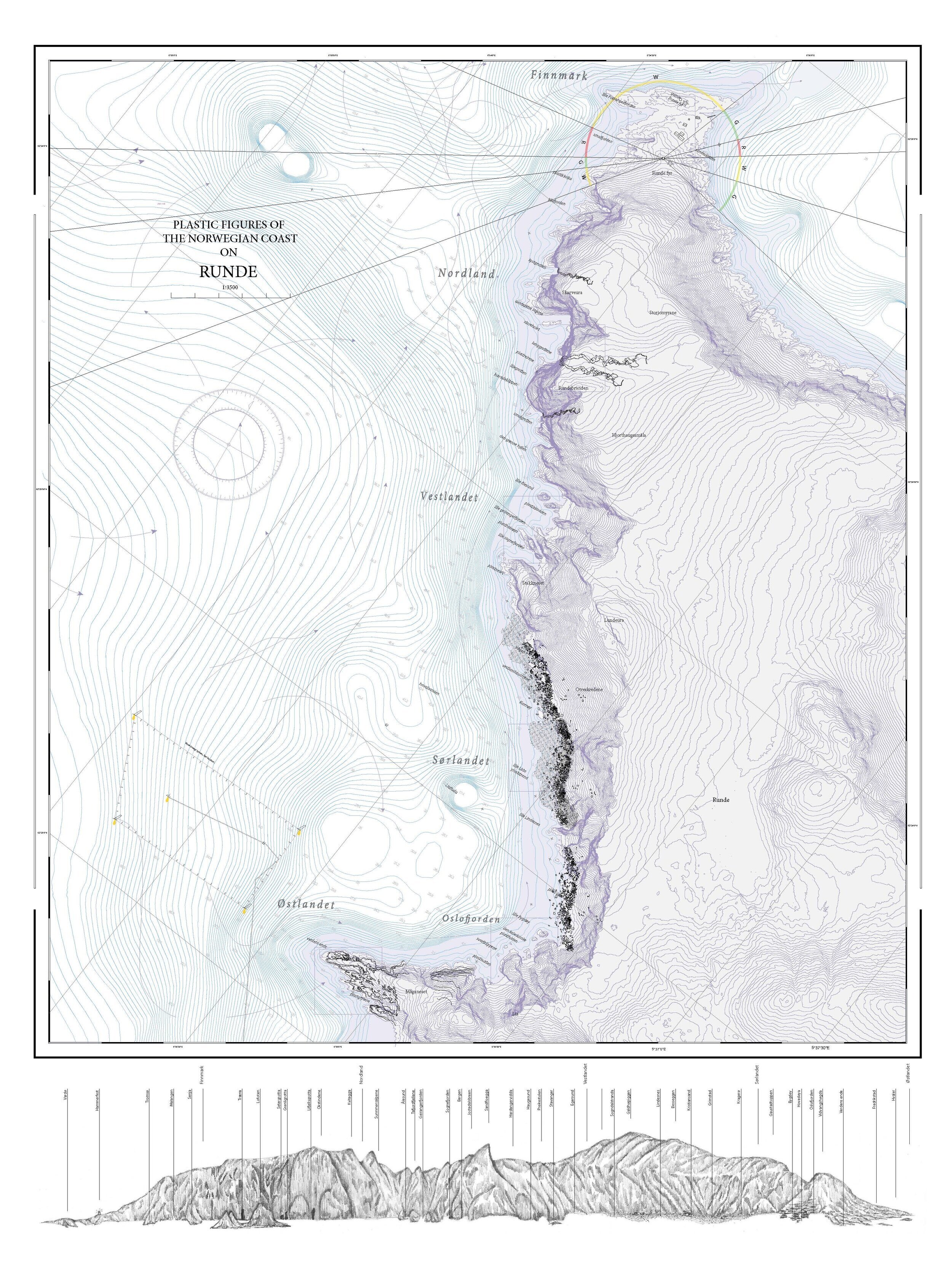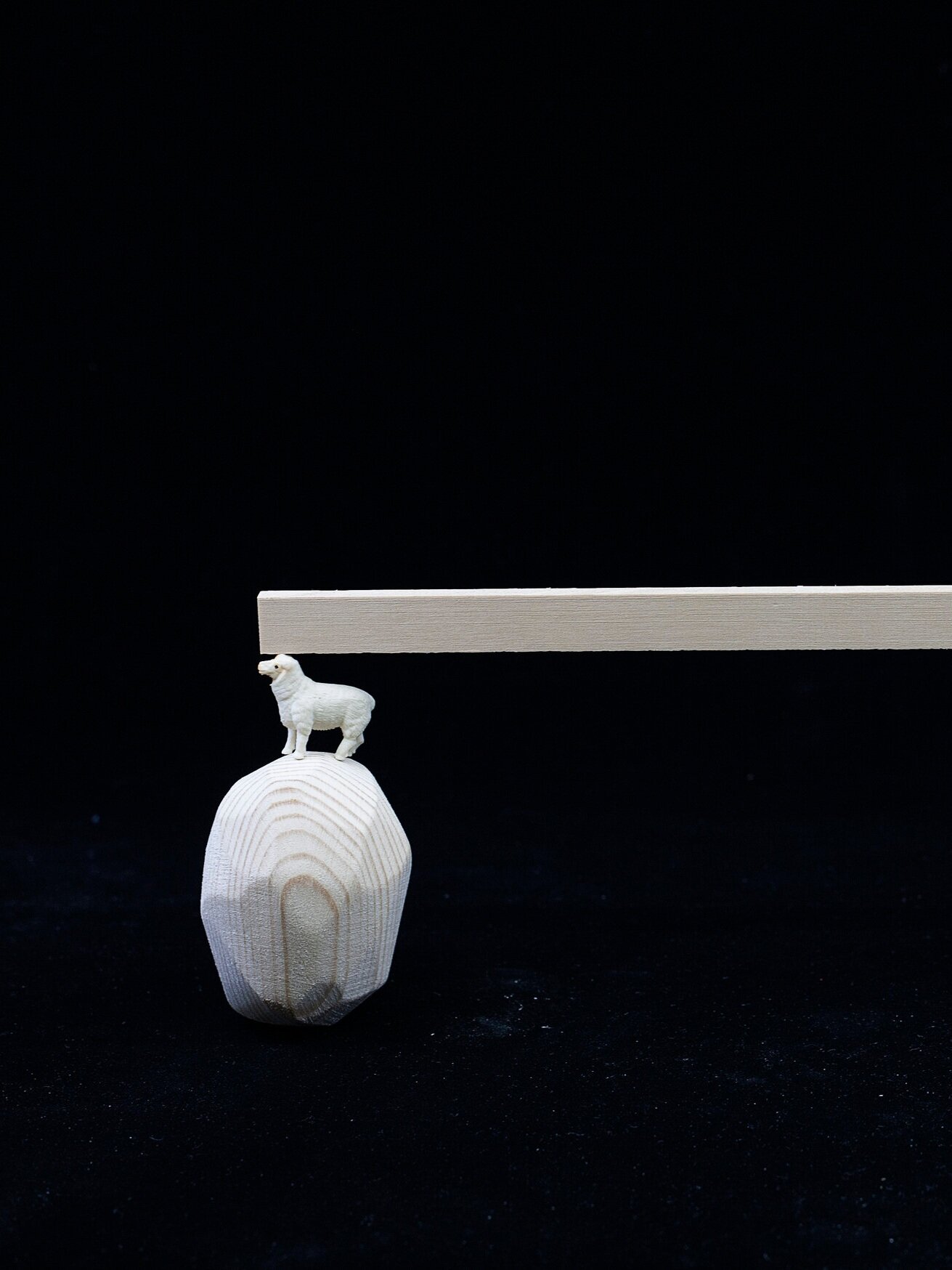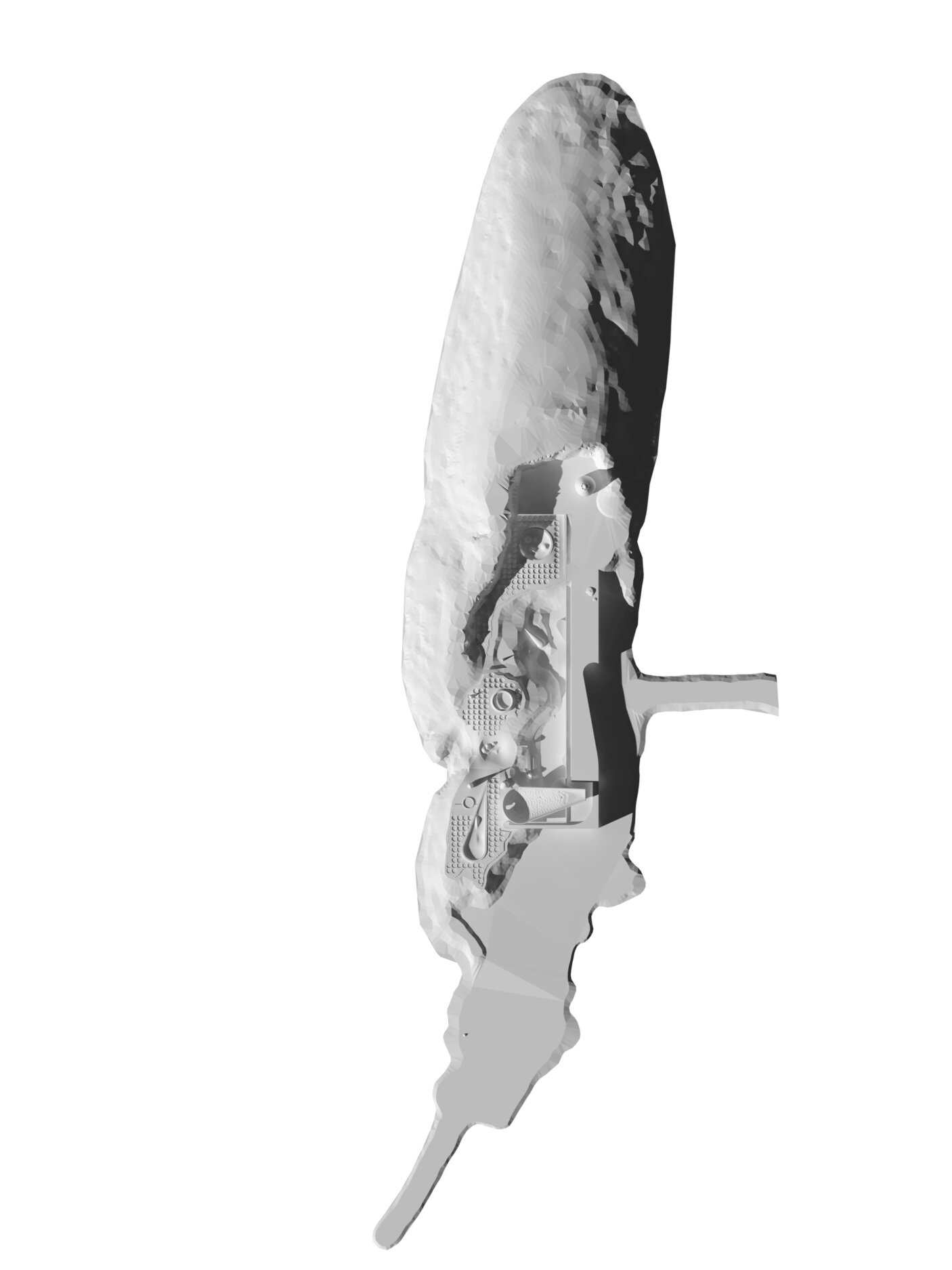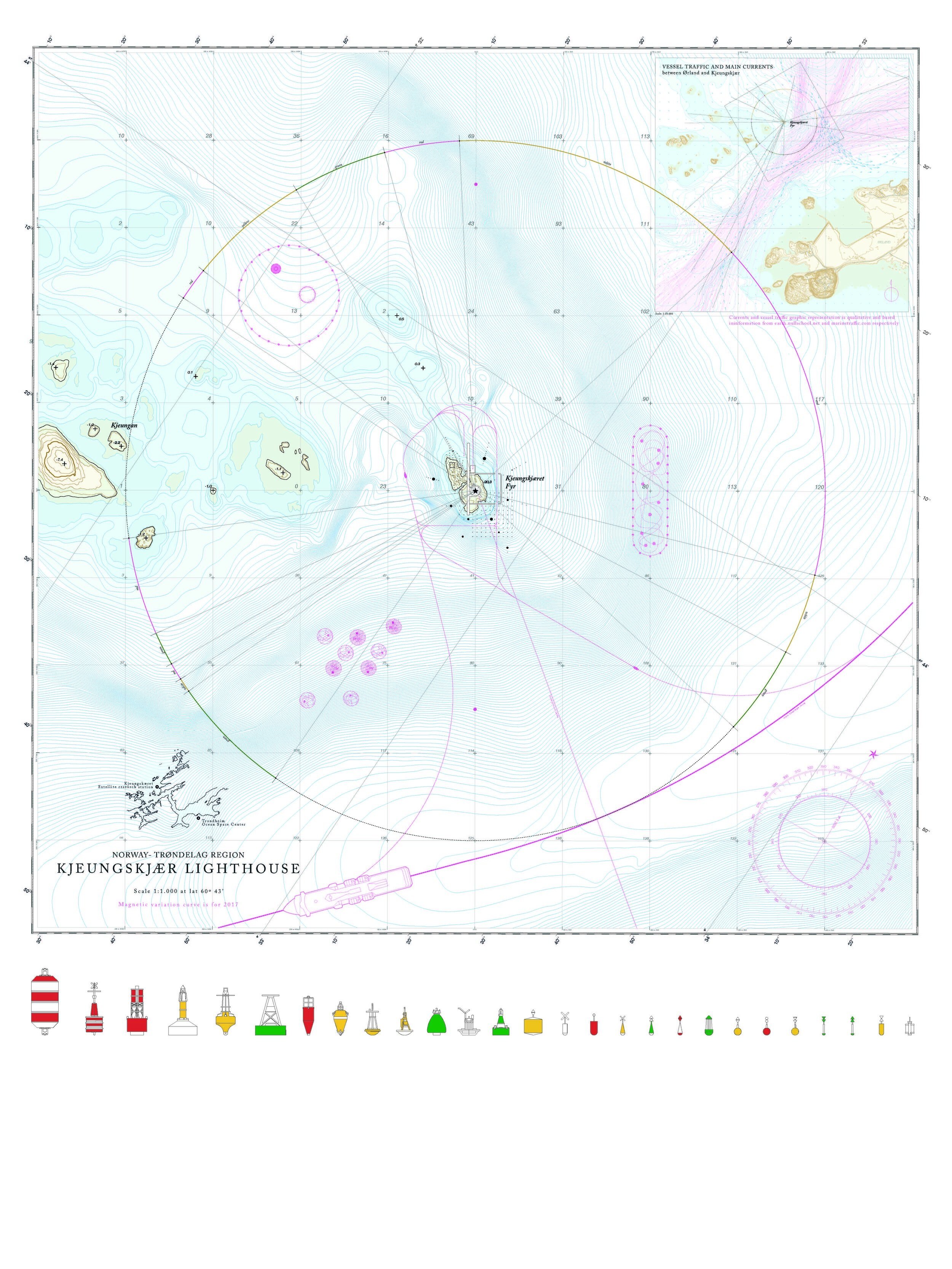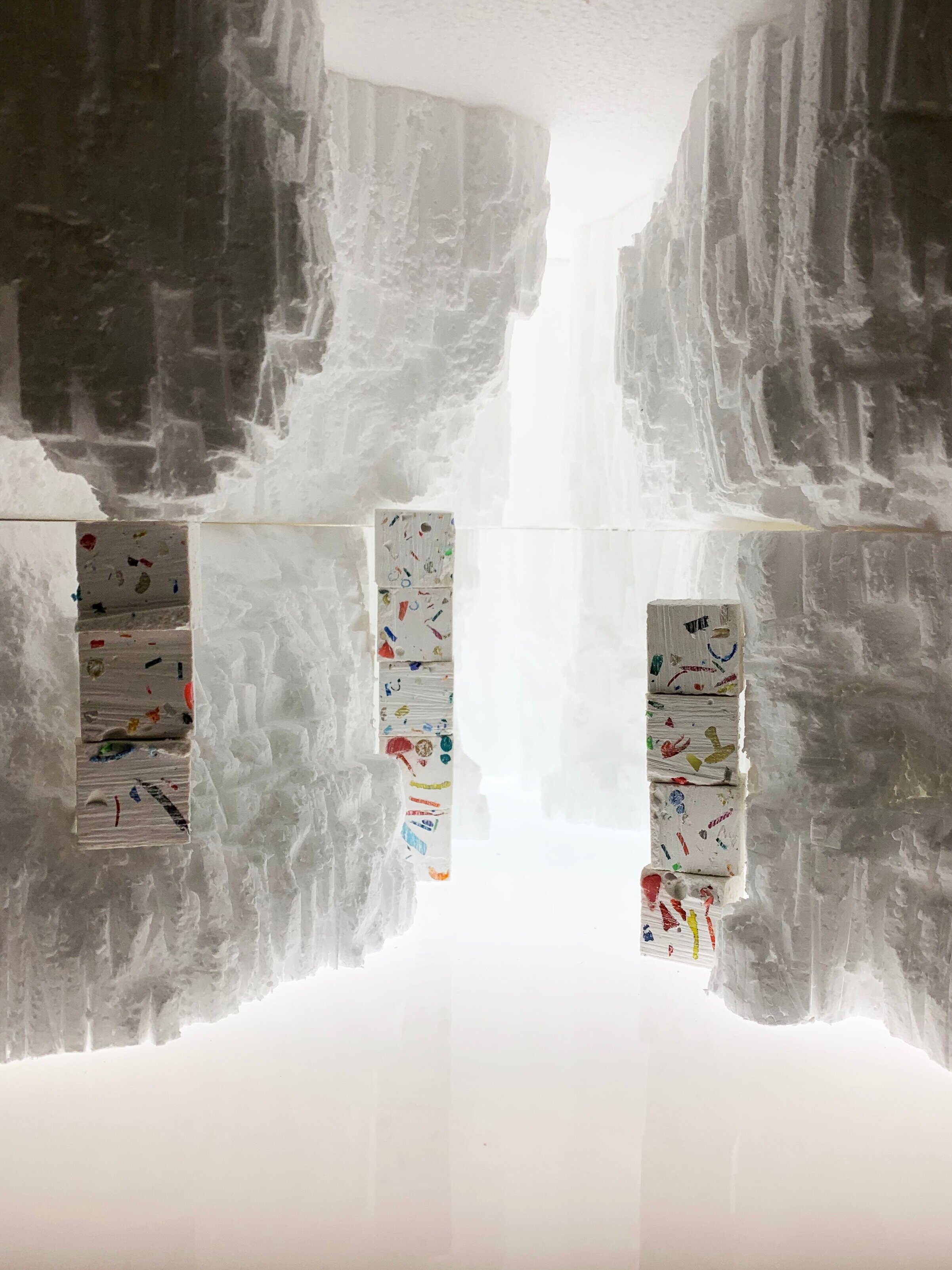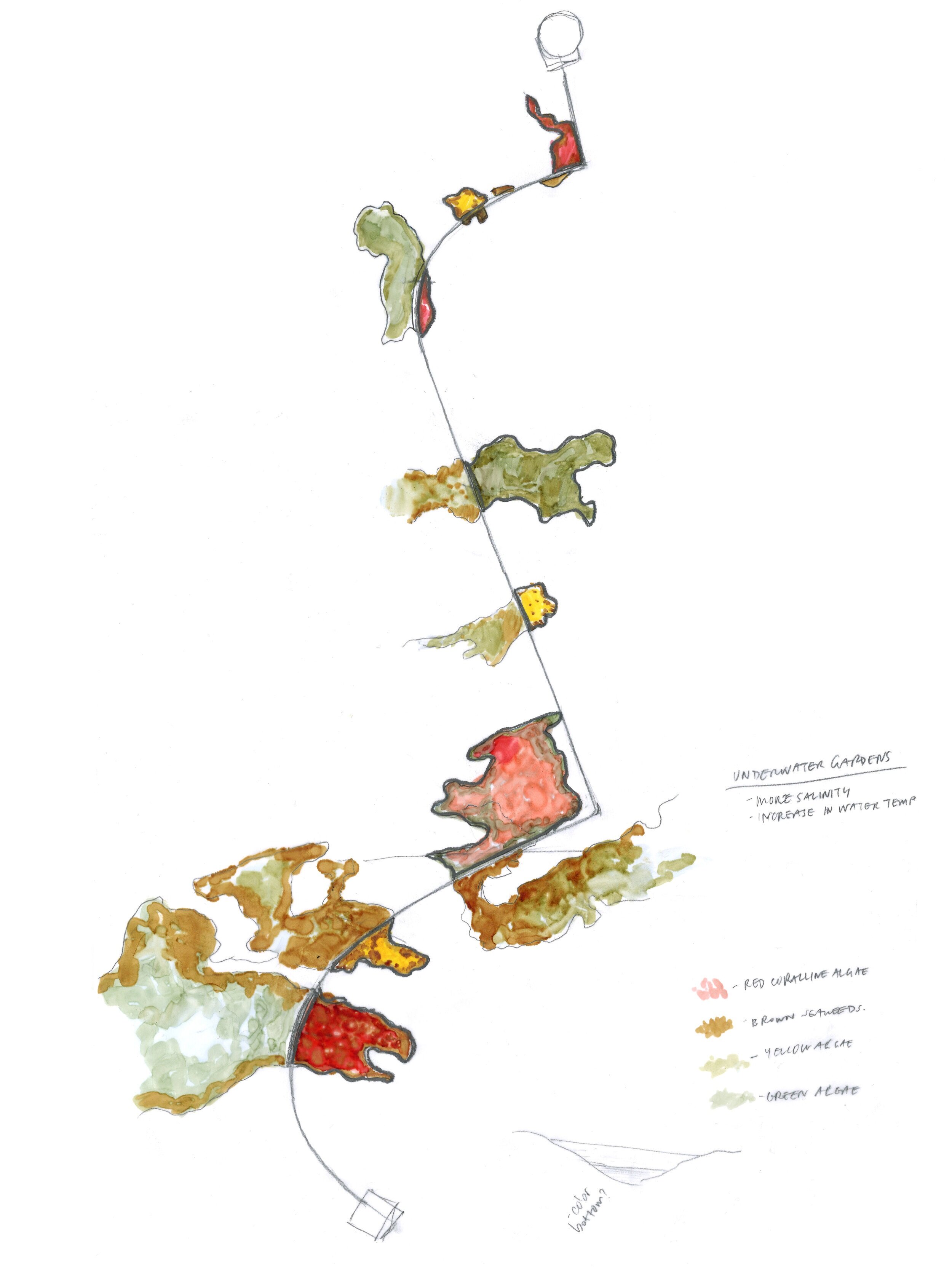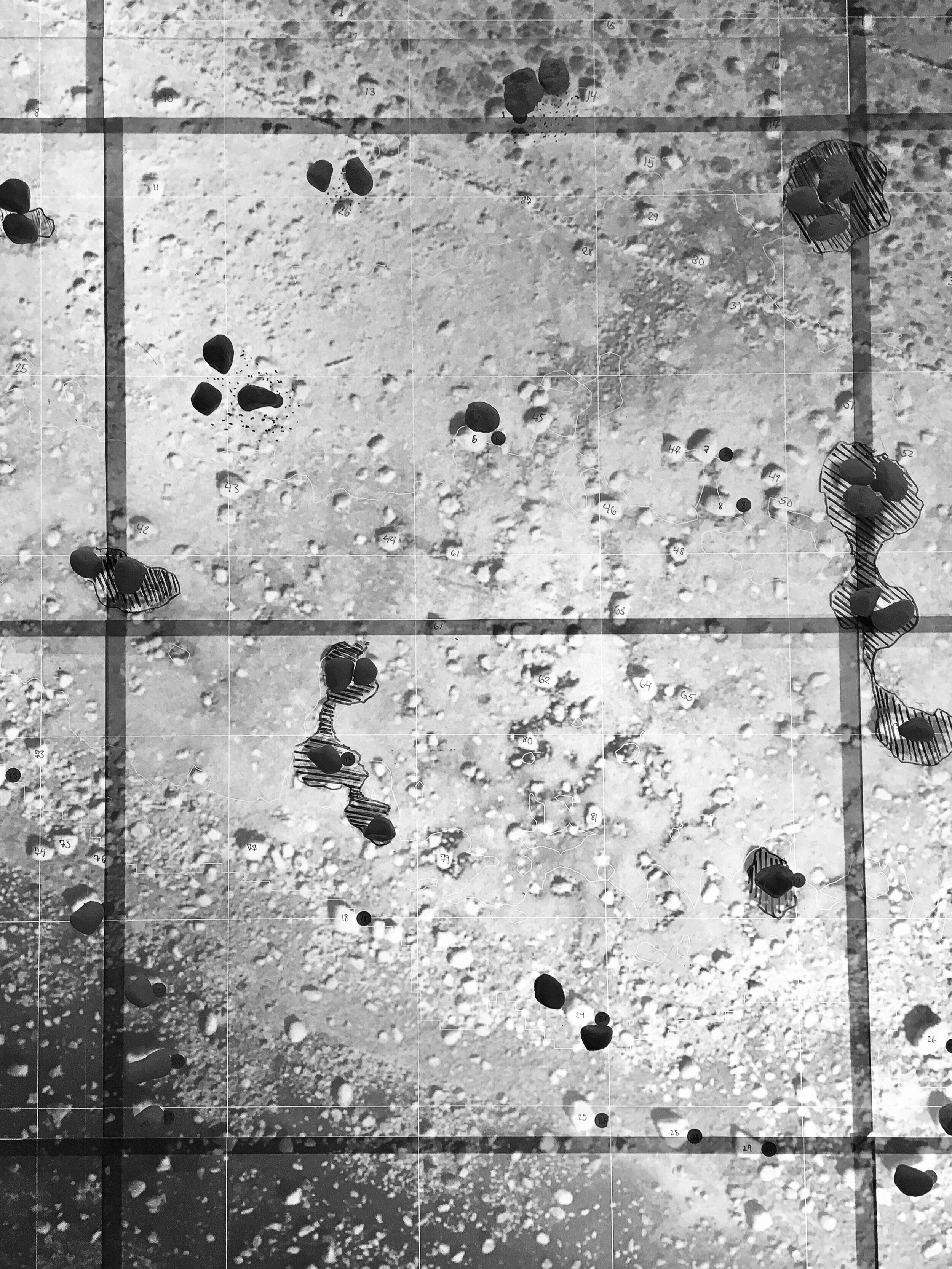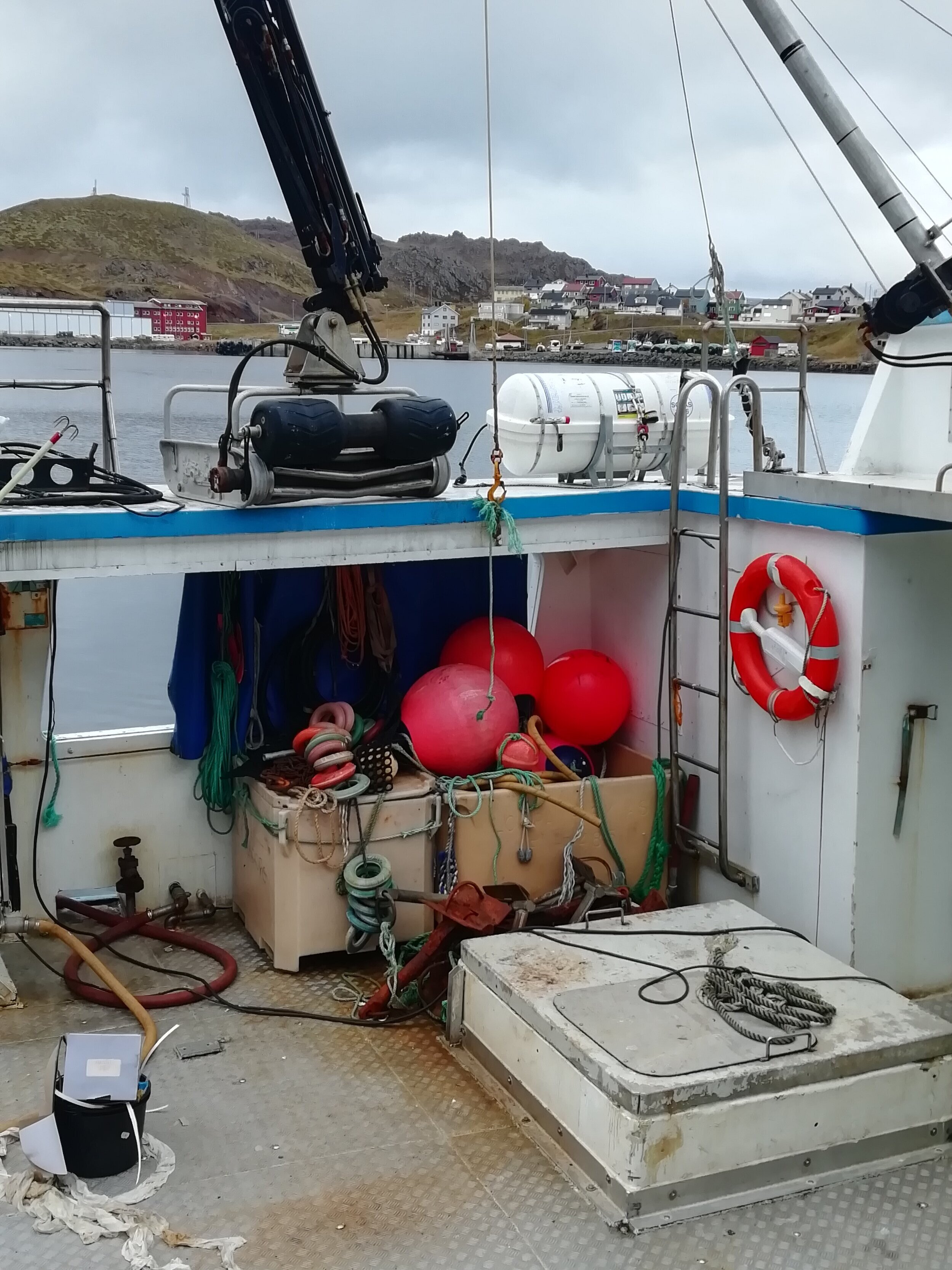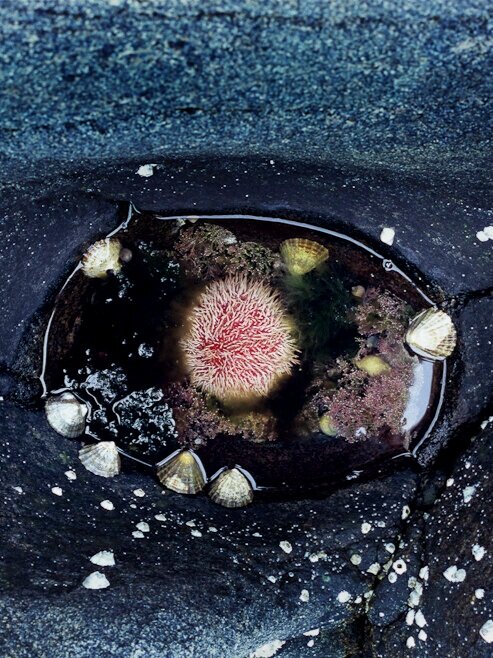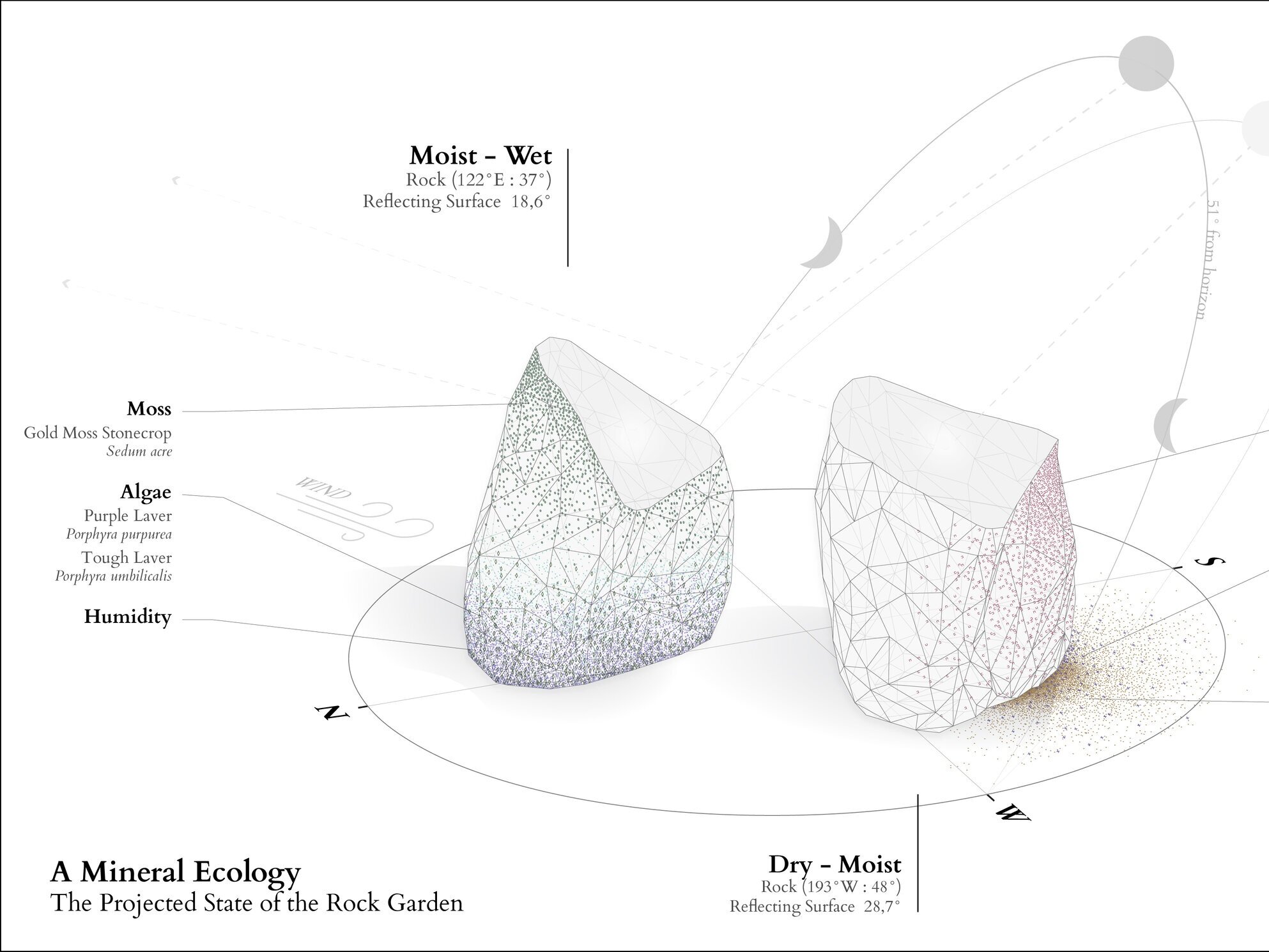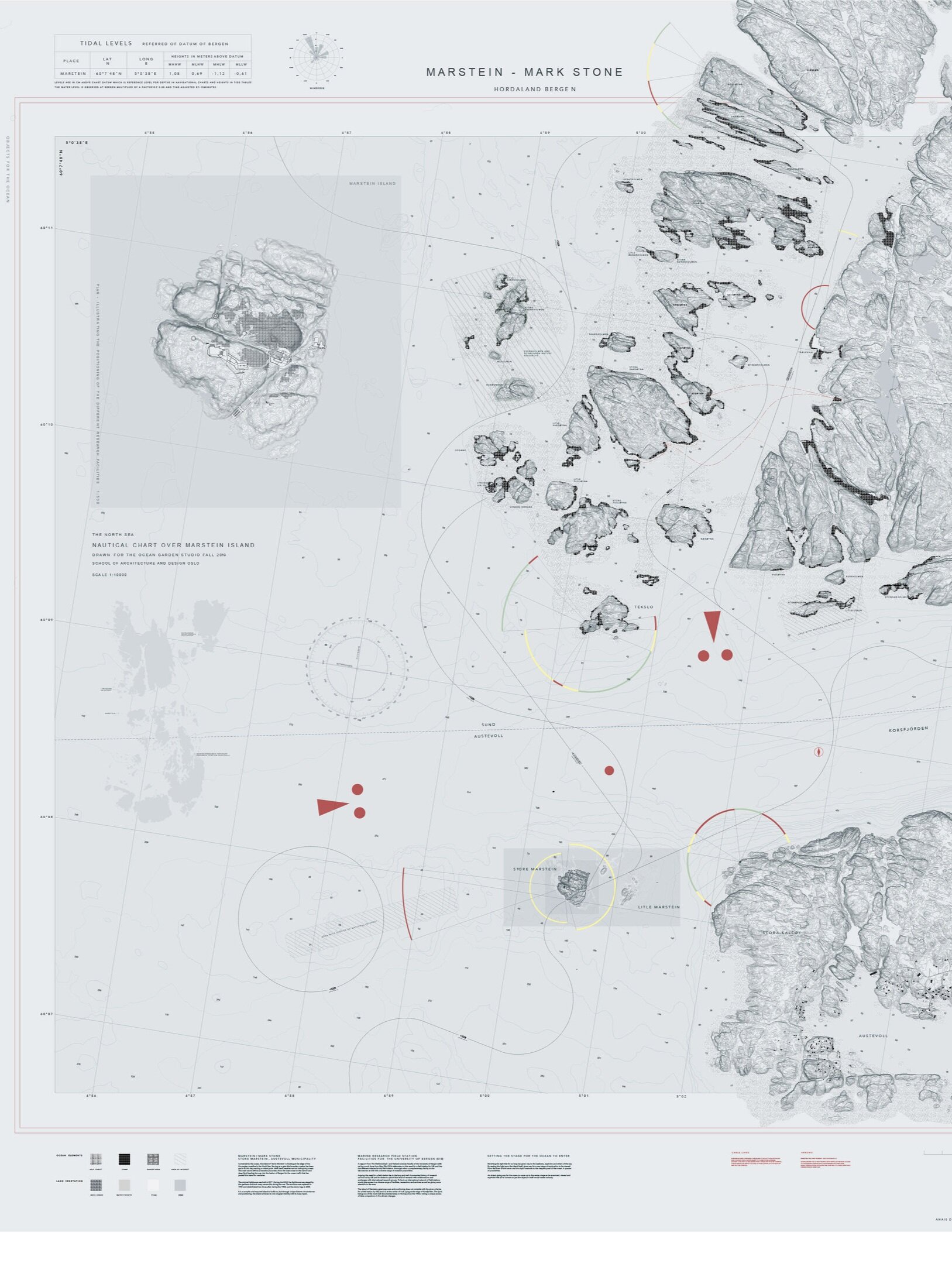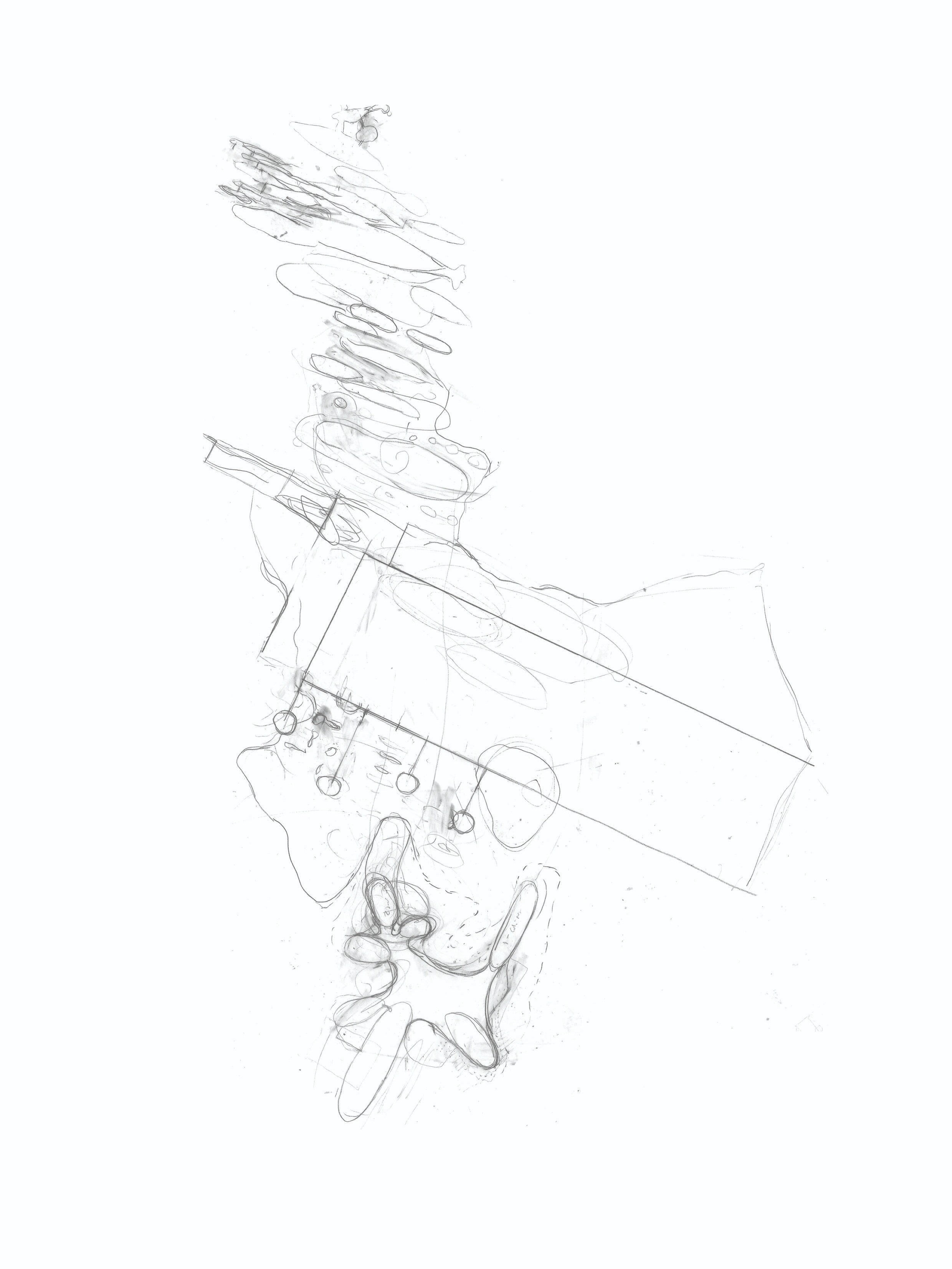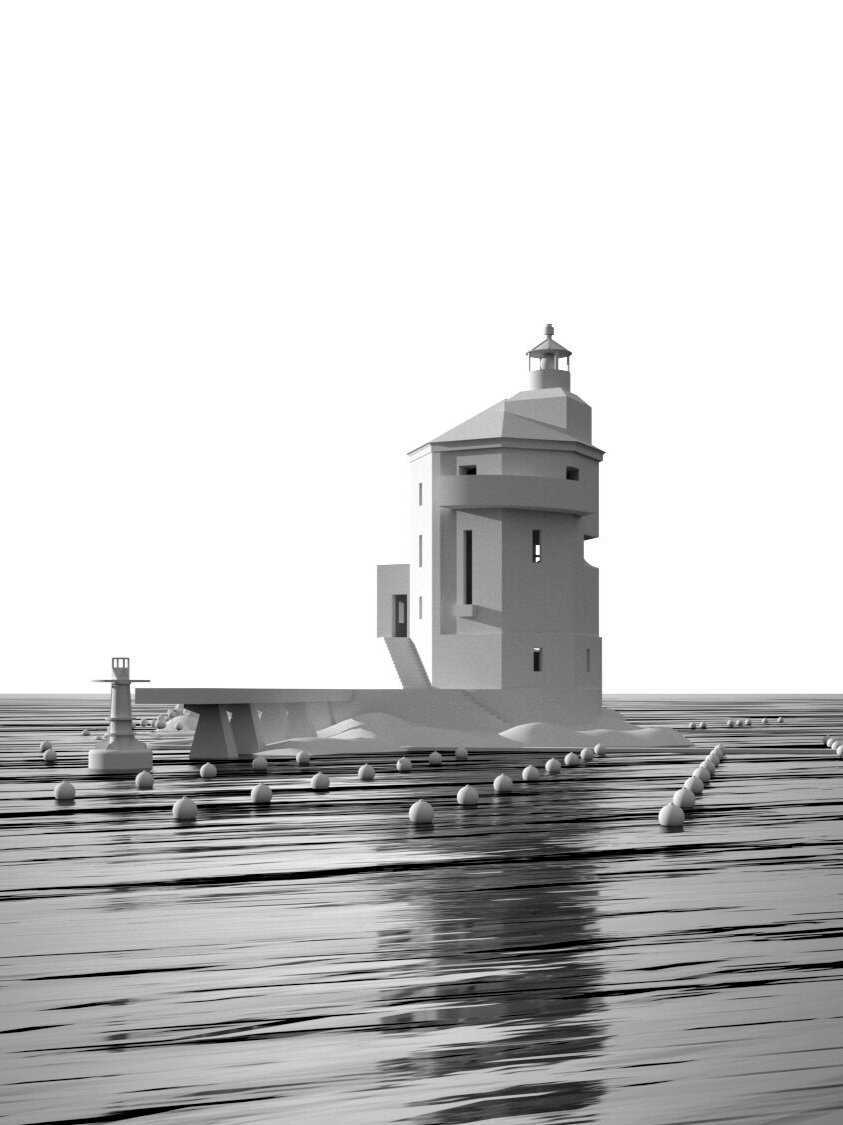A studio course at AHO Fall 2019, led by Luis Callejas, Gro Bonesmo, Janike Kampevold Larsen, and Dale Wiebe.
Text by: Maya Libiszowski
The course description proposed to develop “a horizontal research space that unfolds as something between a garden and a building” (Callejas) and for that matter, the adventure started once paired across architecture and landscape architecture students. I will take you through my experience of the semester, sharing the tools and approaches that led us to these projects.
Once the frenzy of finding a partner had dwindled, each group was assigned a lighthouse along the Norwegian coast. The lighthouse was not our site per say, but a point in a larger space of which we were to determine the boundaries. But first, we dove into our site searching for what made it unique and what caught our eye: the genius of the location. This task was very open ended and led us to explore many paths of which many were dead ends. Although it felt vain at times, the incessant research gave us a strong and holistic understanding of our site and its surroundings.
At the same time, we were asked to study nautical charts and understand their graphic codes which was a beautiful discovery. The charts revealed to us the benthic realm, in other words, the blank blue swathe on terrestrial maps or satellite imagery. It displayed the landscape as a continuous surface between land and sea. The graphic codes in the charts were also eye opening in that they map movement such as tides or light gleam such as those projected by lighthouses.
The course included a study trip on board the Hurtigruten, which strongly nourished our approaches. On and off the boat, from Tromsø to Vardø, we visited the coast learning about its rough environments and socio-economic uniqueness; like the global imprint of King crabs, the impact of placemaking in Vardø, and the debate about fishing quotas. We also got a glimpse of what it means to live a stone's throw away from Russia in terms of the rising pressure to use the North Sea Passage as a shipping route, the geopolitical tension through monstrous NATO radars on the lookout, but also the prolific Pomor trade of the 19th century.
Back in Oslo, mid October, it was time to develop our projects. The design proposal phase evolved from topics that were unique to the different sites; topics that formed an unusual pairing between architecture and landscape architecture. In my group, we were looking at the influence of the moon cycle on bird migration patterns. Proposing a physical space based on these ideas was the most challenging. The lack of precedents for these kinds of spaces was however fruitful in coming up with creative solutions.
It was enriching to see and to show that boundaries between architecture and landscape architecture aren't strict, and that a collaboration is beneficial for both parties. The studio was awarded for professionalism by Arkitektbedriftene, recognizing the fruitful collaboration across disciplines.
The works found above are of several students who took part in the studio, whose names are cited below. The studio also resulted in a paper publication Ocean Garden that can be found at AHO’s reception.
Runa Hermansen, Finn Rothfuchs, Miguel Hernández, Blanca Mas Villaronga, Ahmed Faisal, Adis Jakupovic, Hedda Aarestad, Marte Bjørge, Aleksa Milojevic, Kristin Agnethe Nymo Malvik, Yuxi Peng, Marta Majoral, Jessica Minn, Sepehr Jafari, Trygve Tveita, Christopher Caleb.

